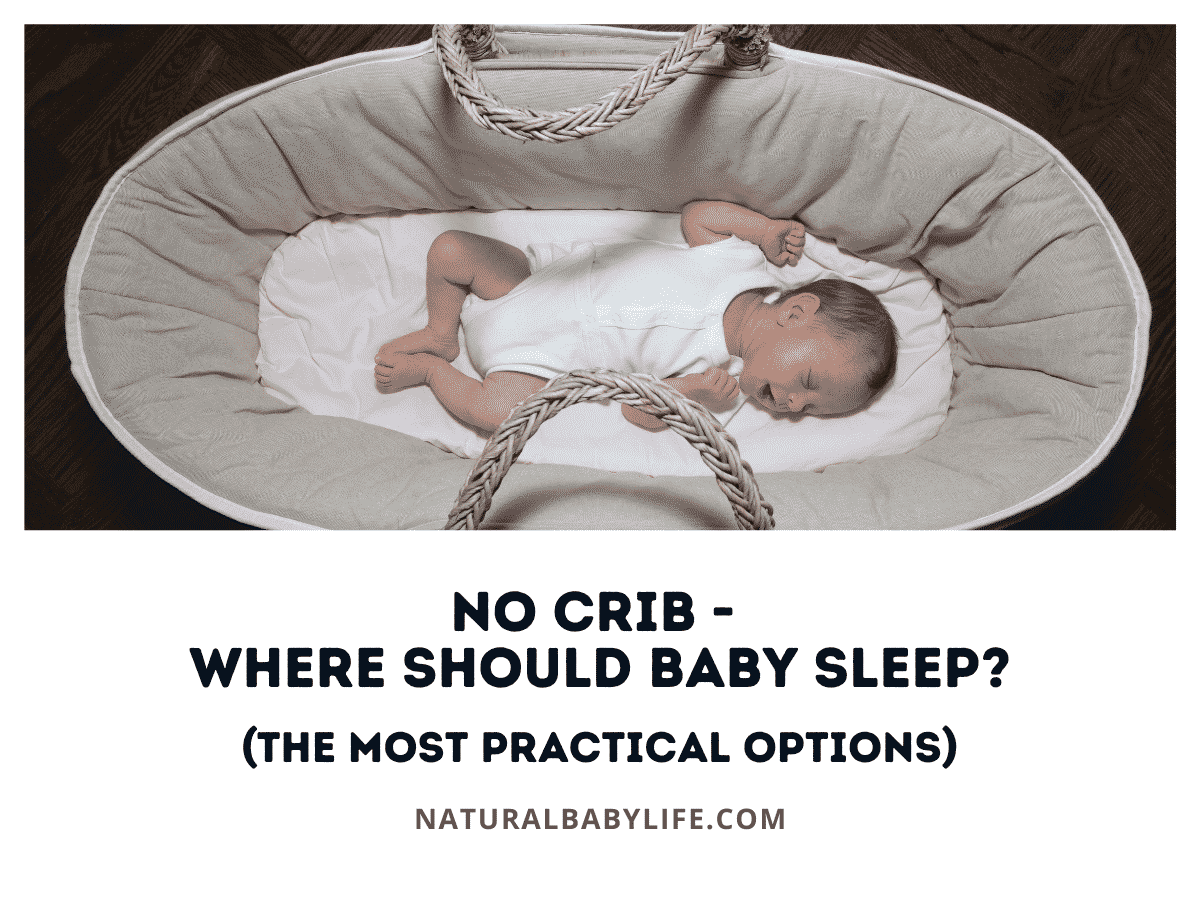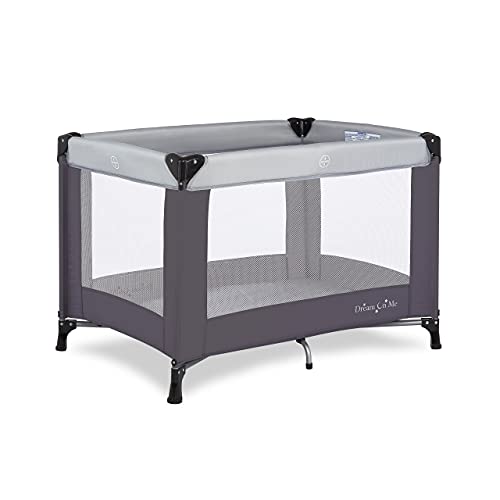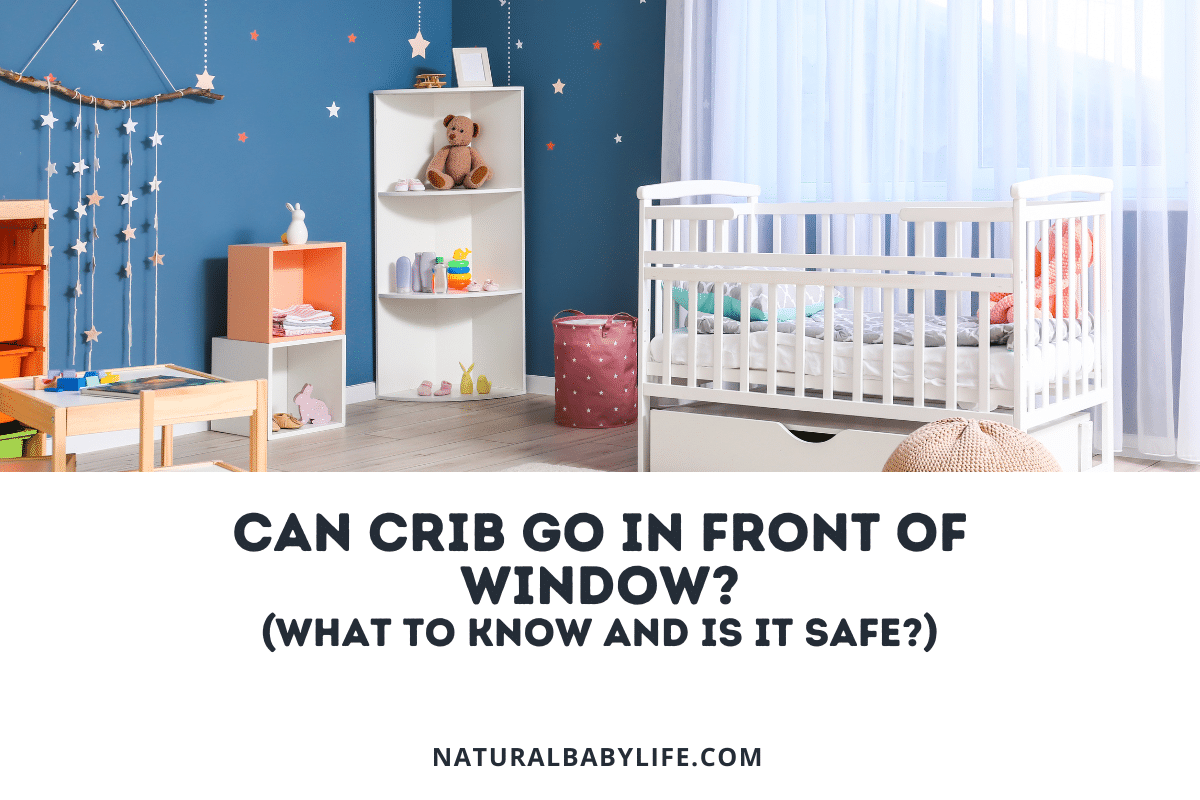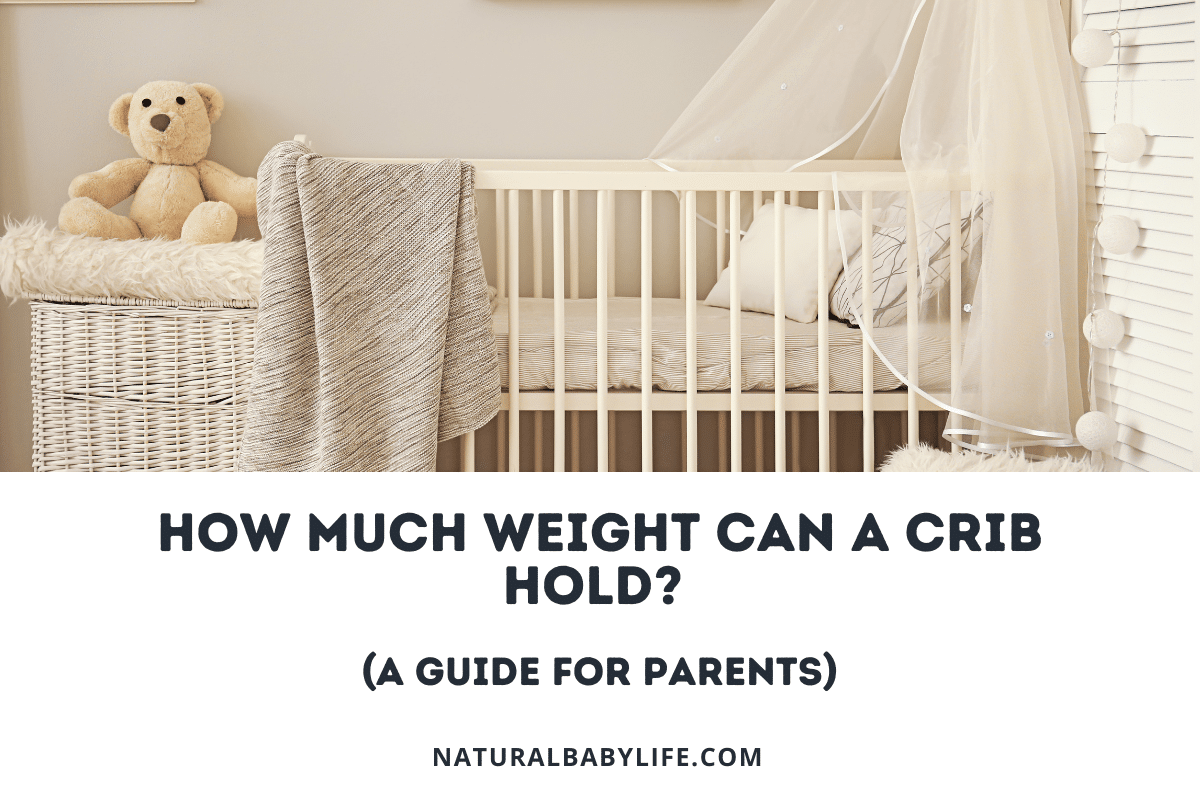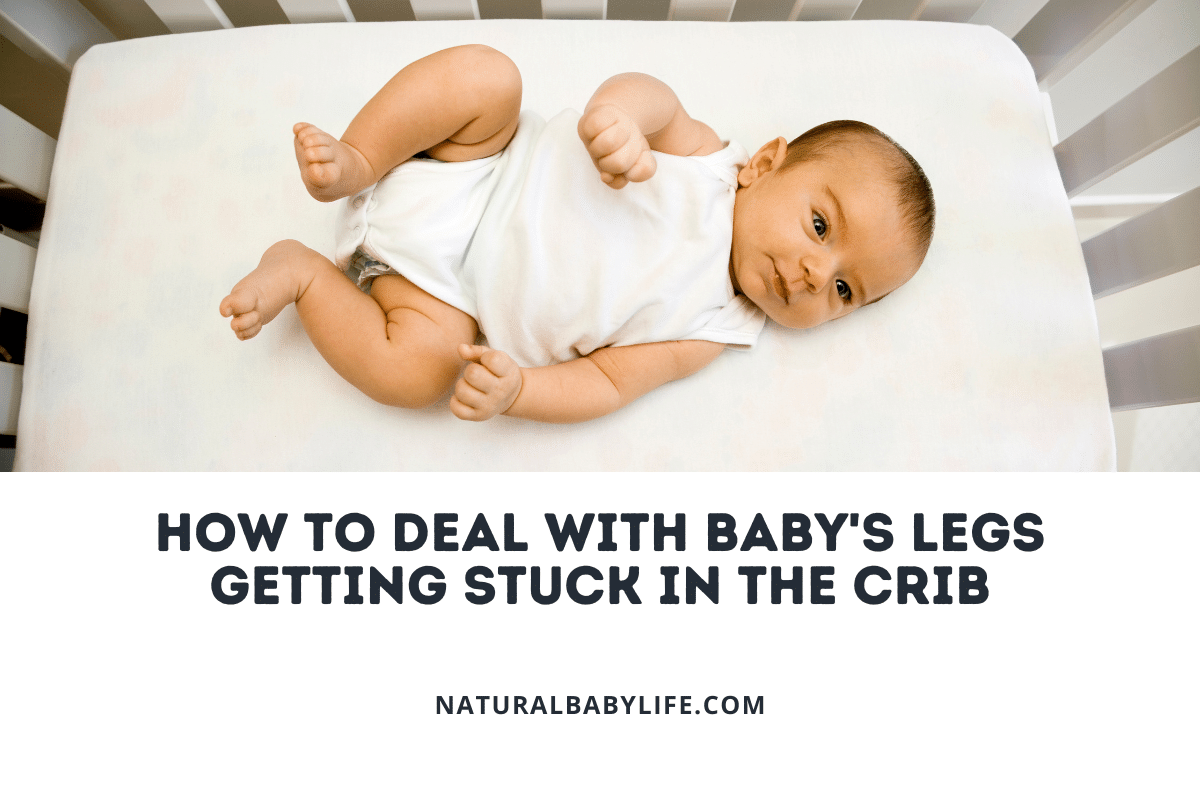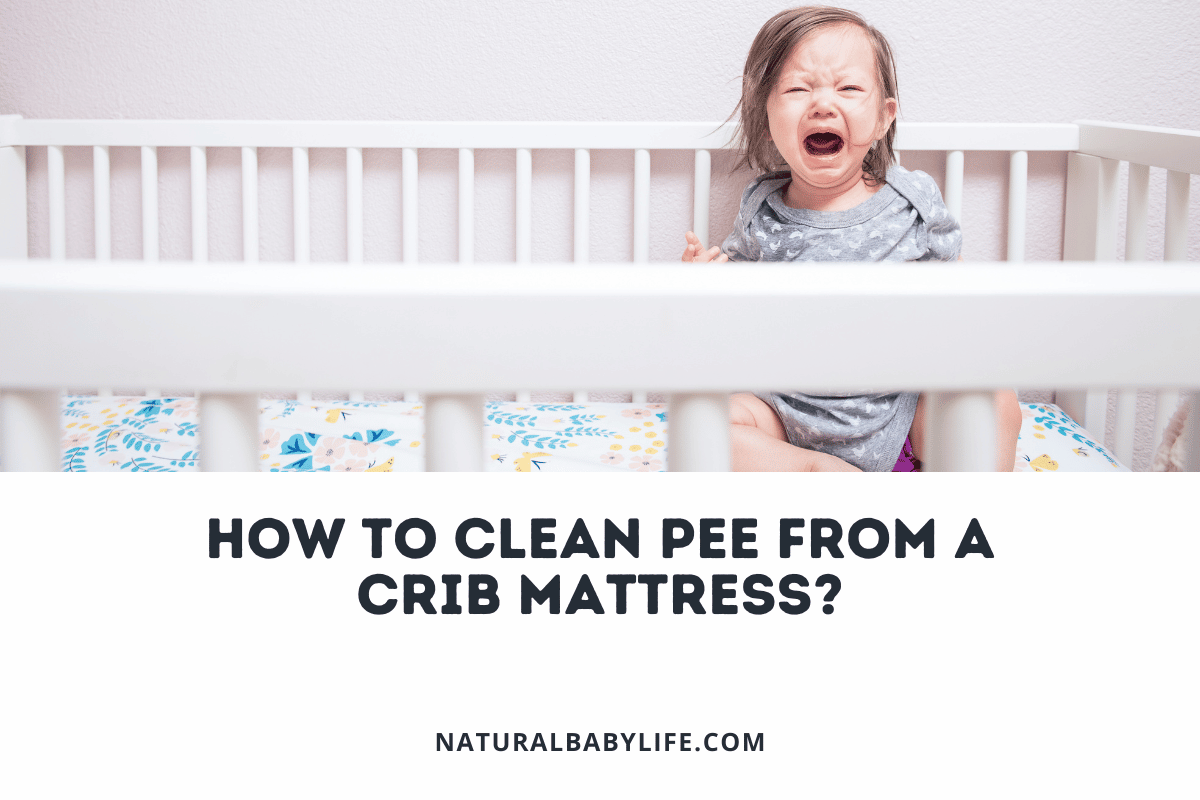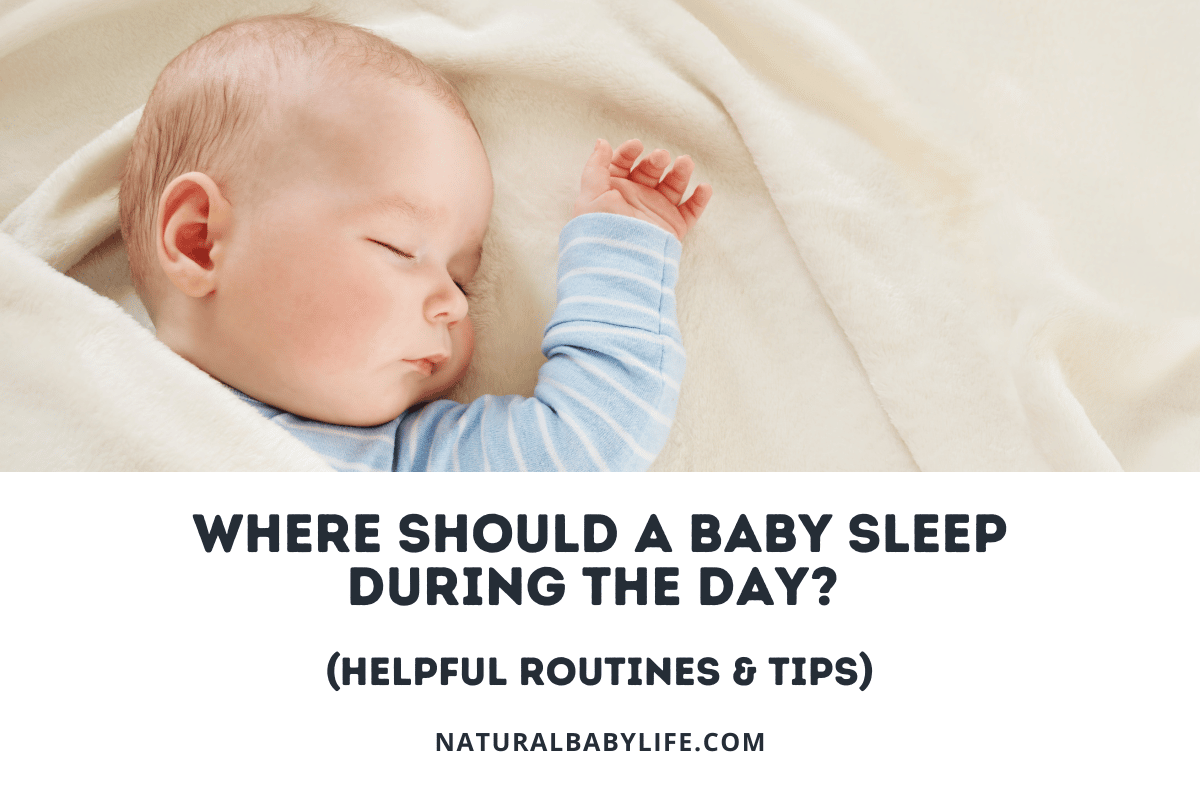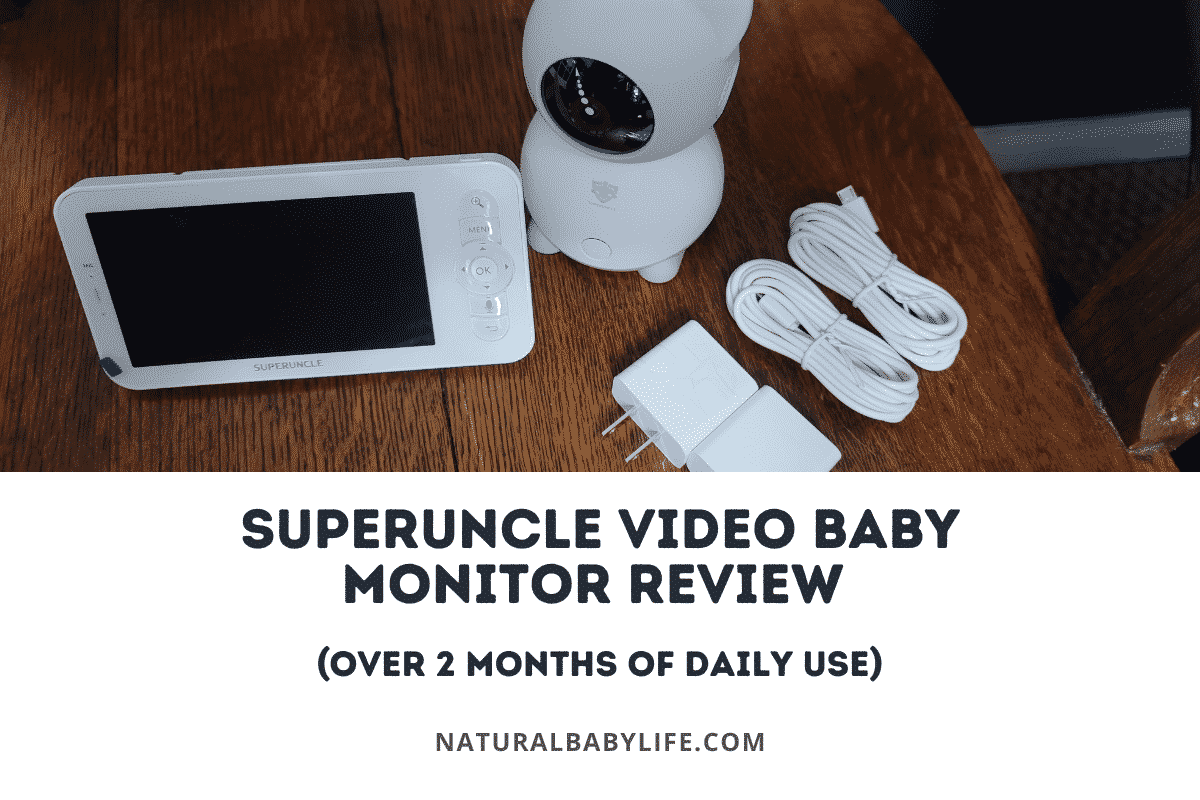Babies spend a third of their early lives sleeping. Their sleeping area should be safe, welcoming and provide a sanctuary for babies so that they can develop great sleeping habits that will help them grow and help you keep your sanity as a parent. The most common place for babies to sleep is in a crib, but where else can your baby sleep?
Your baby does not necessarily need to sleep in a crib and there are a lot of different options for a safe sleeping place if a crib is not accessible. Some of these options include sharing a bed, on the floor, a pack and play, a bassinet, or even a cardboard box. No matter the location, make sure that you adhere to the AAP’s safe sleep guidelines.
Read along as we provide alternative solutions if you don’t have a crib and are looking for places where your baby can sleep safely.
Table of Contents
Do babies have to sleep in cribs?
The short and quick answer is no, babies don’t need to sleep in a crib.
Cribs are a convenient way where you can put your baby down safely but it is absolutely not mandatory. Realistically speaking, a baby can sleep anywhere as long as it’s safe, comfortable, and complies with the AAP’s recommendation for safe sleep.
To reduce the likelihood of SIDS in babies under one year of age, the AAP makes the following sleep recommendations:
- Baby should be placed on their back for safe sleep until their first birthday, this reduces the risk of suffocation.
- No blankets, pillows, stuffed toys, or bumper pads in the baby’s sleeping area.
- Use a firm sleep surface and make sure the product that you are using is up to par with the safety standards of CPSC.
- Make sure that the bedding is snug and not loose to minimize the risk of strangulation or suffocation.
- Don’t place your baby to sleep on a sofa, chair, or armchair because this will increase the risk of your baby falling.
What is the safest location for a baby to sleep?
Your baby doesn’t necessarily need to sleep in a crib, and not having a crib does not make you a bad parent. There are a variety of reasons why parents don’t have cribs which include financial reasons or parents who are traveling and don’t have access to one.
When it comes to finding the safest location for a baby to sleep, the AAP recommends that babies sleep in the same room as parents, at least up to 6 months of age to one year.
This doesn’t mean that you have to co-sleep with your baby in your bed, but rather you can put them to sleep in a crib, bassinet, or pack and play as long as it is placed in the same room as where you sleep.
It is important to keep in mind that the area where your baby is sleeping should be compliant with the AAP standards listed above.
Can a baby sleep in a playpen instead of a crib?
Babies don’t have to sleep in a crib and it is not essential to have one. If you are traveling and don’t have access to a crib, don’t stress out because there are different options that you can do.
As long as the playpen adheres to the AAP standards and safety standards by the CSPC, babies can sleep in a playpen especially if you are in a pinch and don’t have access to a crib.
When your baby is sleeping in a playpen, it is important to remove all loose toys, bedding, or blankets that might suffocate your baby when she is sleeping. You have to make sure that the surface is firm and flat and place your baby flat on her back when sleeping.
Where should baby sleep if you have no crib
If you don’t have access to a crib or don’t want to buy a crib for financial reasons, one thing that you might be stressing about is where your baby can sleep. In this section, we will discuss different practical alternatives to a crib that you can use for your baby.
The best places to let your baby sleep without a crib are:
- Your bed
- Pack and play
- On the floor
- Cardboard box or dresser drawer
- Bassinet
Bedsharing
Bedsharing is the simplest and most cost-efficient option when it comes to choosing an alternative to cribs. To some parents, bedsharing is the norm as opposed to the exception and there are a lot of parents who share their bed with their babies especially if the baby is still breastfeeding.
Sharing your bed with your baby has a lot of advantages and the main one is that you will know exactly where your baby is throughout the night and keep a close eye on her. For breastfeeding moms, co-sleeping is more convenient compared to getting up multiple times throughout the night and setting the baby down to sleep.
Bedsharing also increases the bond between the baby and parents, because it will make your baby feel more secure while sleeping. For the parents, co-sleeping will also enable them to get more hours of sleep throughout the night because you can easily reach and comfort your baby when he wakes up.
Here are some safety precautions that you should take while bedsharing:
- If you are a smoker, refrain from bedsharing with your baby because this increases the risk of SIDS.
- Do not sleep with your baby if you have consumed alcohol, drugs, or any type of medicine that lowers your awareness.
- Make sure that there are no loose objects in the bed and that includes pillows, blankets, and toys
Pack and Play
Some babies actually prefer to sleep in their pack and play compared to their cribs. When it comes to pack and plays, make sure that the one you are using passes through safety standards and is sturdy.
There are several safety features that should be present in a pack and play according to the CPSC:
- The sides have to be mesh for breathability.
- You have to test the latching mechanism so that it will not fold while your baby is in it.
- Floor strength.
- Accessory testing for mobile attachments and other decorative additions.
A Pack and Play is a safe environment for your baby to sleep in, especially if it passed through the safety standards. Here are some of the popular pack and plays to consider:
- Dream on Me Nest Portable Play Yard
- Graco Pack n Play Travel Dome LX Playard
- Pamo Babe Portable Crib Baby Playpen
- AWARD WINNING FEATURES: A full-size playard, the Nest is spacious, safe and loaded with convenient features. It’s portable, stylish, stores compactly and ideal for play. Little wonder then that it was a winner at the 2020 National Parenting Product Awards
- MOBILE & STURDY
- BREATHABLE MESH
- PRIORITIZING SAFETY, ALWAYS
- STYLISH DESIGN
Prices pulled from the Amazon Product Advertising API on:
Product prices and availability are accurate as of the date/time indicated and are subject to change. Any price and availability information displayed on [relevant Amazon Site(s), as applicable] at the time of purchase will apply to the purchase of this product.
On the Floor
What is the safest place that you can put your baby to sleep without having the risk of falling? The floor! If you are truly in a pinch and bedsharing is not an option, you can always put your baby to sleep on a crib or play yard mattress on the floor.
Before laying your baby down to sleep on the floor, make sure it is clean and remove any objects that might fall or tip over your baby while sleeping. The floor is flat already and you can put a mattress on top of the floor to make it more comfortable. Avoid putting blankets or loose objects near your baby, and make sure that you are putting her down in an area where people won’t walk.
Here are some mattresses that you can consider if you want your baby to sleep on the floor:
- Hiccapop Pack and Play Mattress
- Dream on Me Fiber Portable Crib Mattress
- NapYou Amazon Exclusive Pack and Play Mattress
- Rounded corners and superior edge support create a snug fit into standard play yards every time.
- For premium comfort and toddler support simply flip the mattress pad over to the plush, softer side featuring CertiPUR-USA high-density memory foam.
- EXTRA THICK FOR SUPER COMFORT
Prices pulled from the Amazon Product Advertising API on:
Product prices and availability are accurate as of the date/time indicated and are subject to change. Any price and availability information displayed on [relevant Amazon Site(s), as applicable] at the time of purchase will apply to the purchase of this product.
Cardboard Box or Dresser Drawer
In Finland, parents with newborn babies are sent home from the hospital with supplies that they need for the baby and this includes a cardboard box for the baby can sleep in. This has been a tradition in this country since the 1930s and the reason behind it is practicality and the fact that all babies are equal, regardless of their gender or socioeconomic status.
The cardboard box comes with an appropriate-sized mattress and mattress cover so that it can be more comfortable for the baby.
Finland prides itself in having the lowest infant mortality rate in all of the world, and some attribute this to the cardboard boxes that babies sleep in.
If you don’t have a crib and are unsure of where to put your baby to sleep, you can put your baby in a cardboard box provided that it is sturdy enough and clean for your baby.
A dresser drawer will work the same way if you can’t find a cardboard box. Make sure that the drawer is empty before you put your baby to sleep.
Bassinet
A bassinet will only work if your baby is not rolling yet.
A bassinet is a popular choice with parents because it is portable and a space saver. Some bassinets can be attached to the bed so it will give you easier access to your baby.
Here are some examples of bassinets that you might want to consider:

